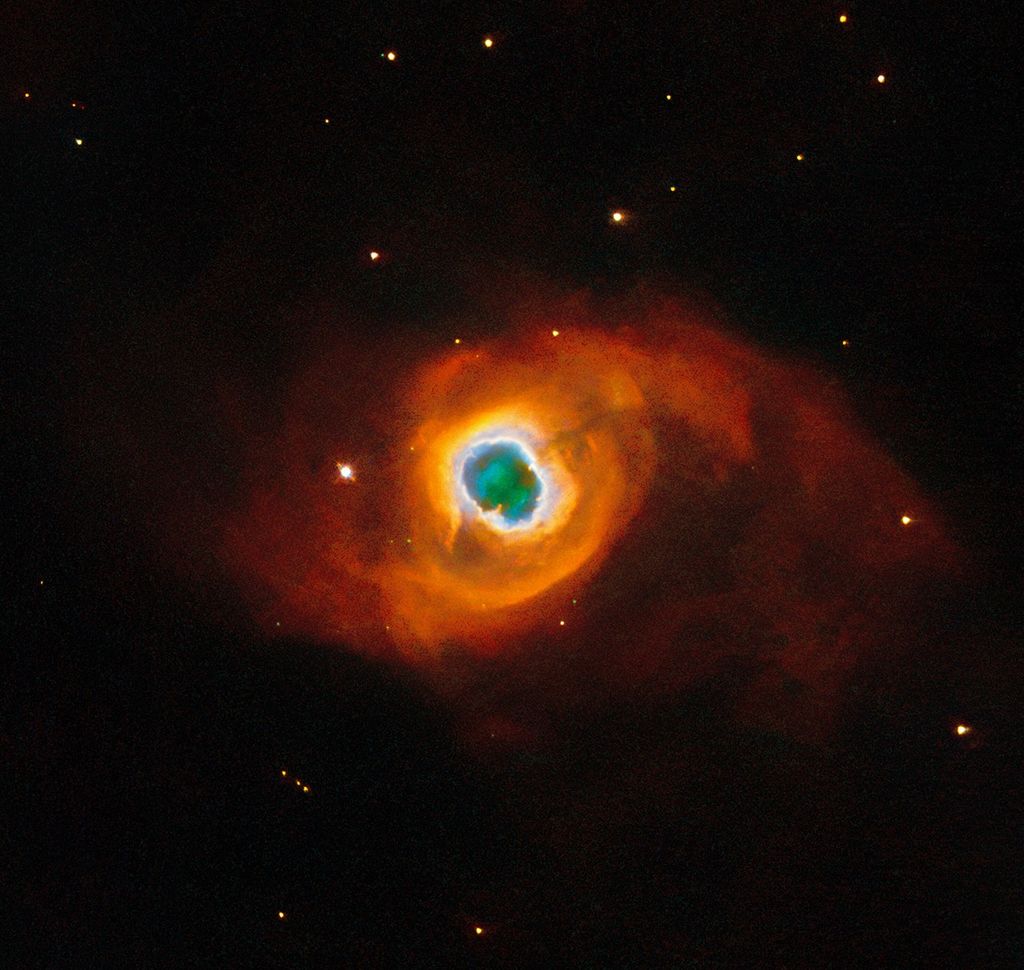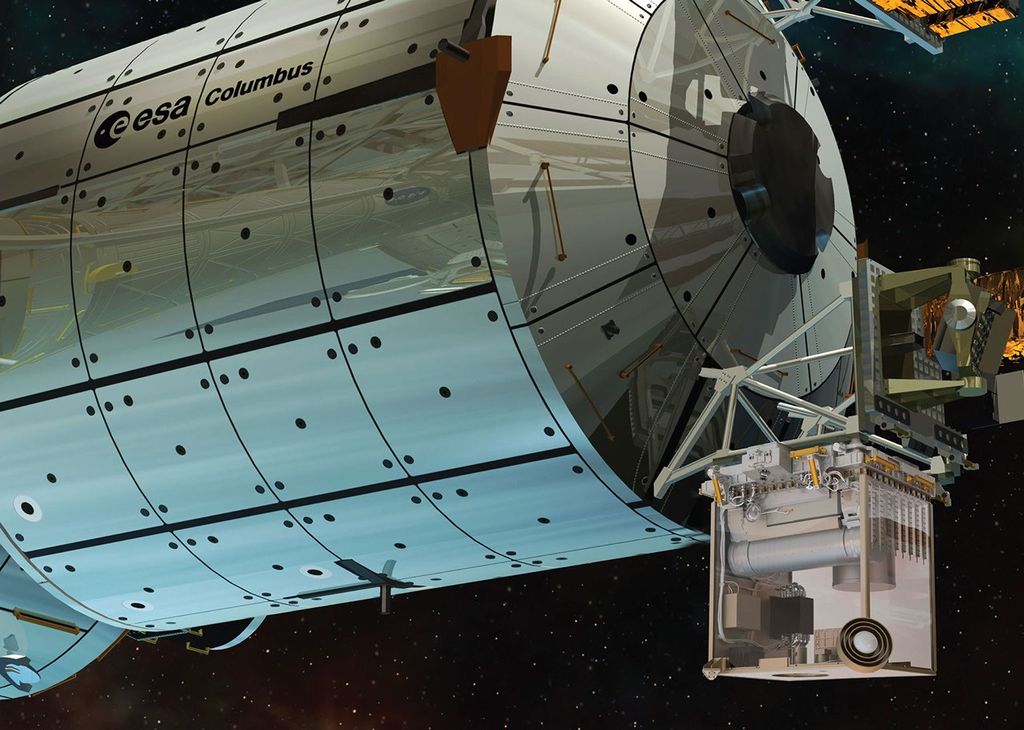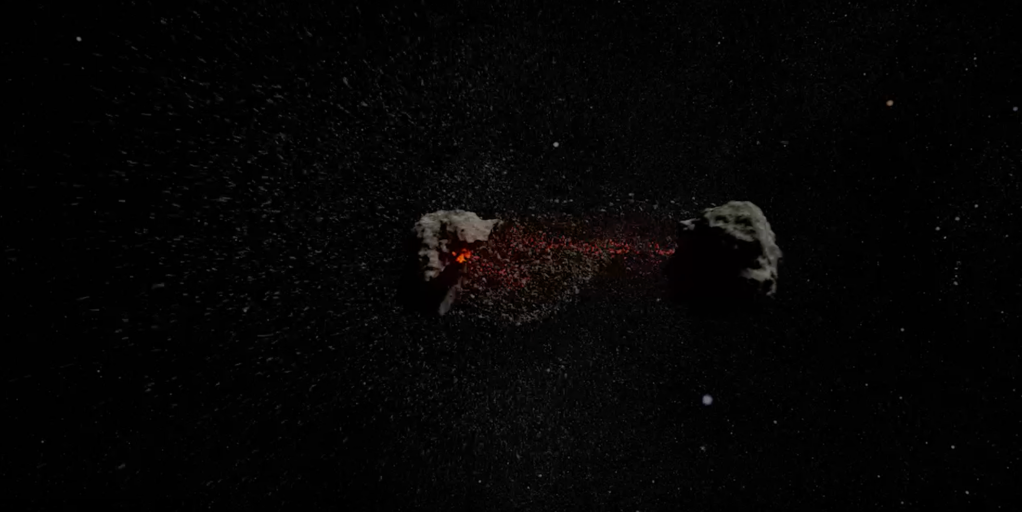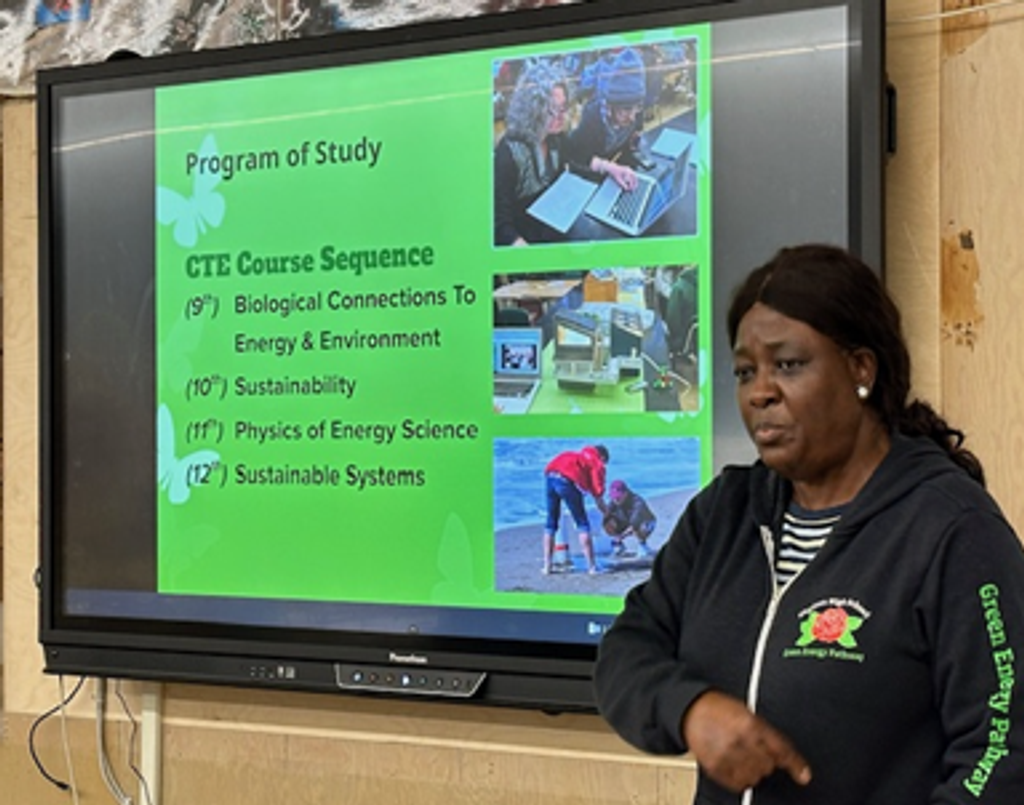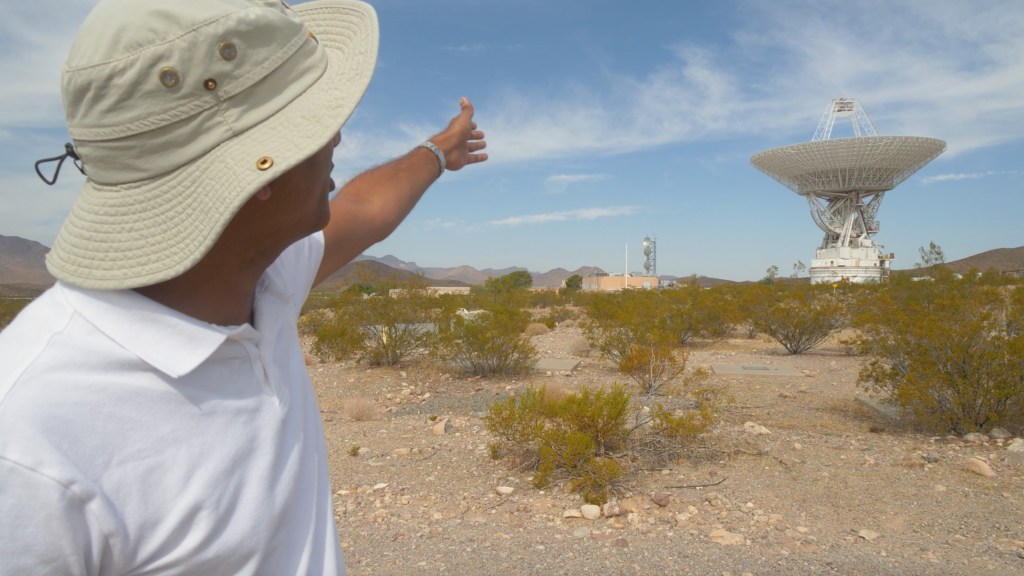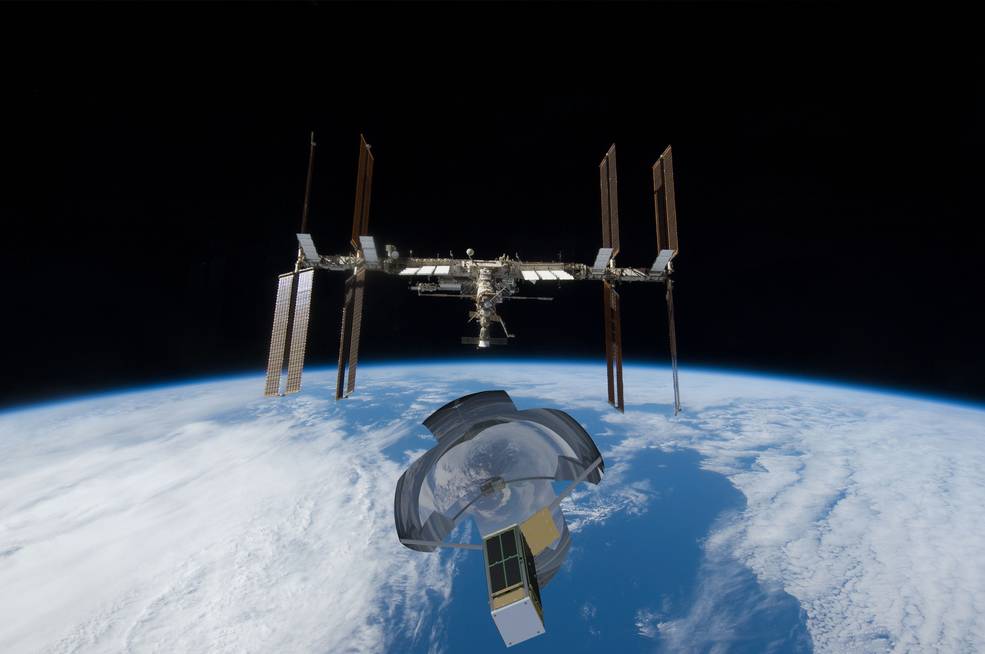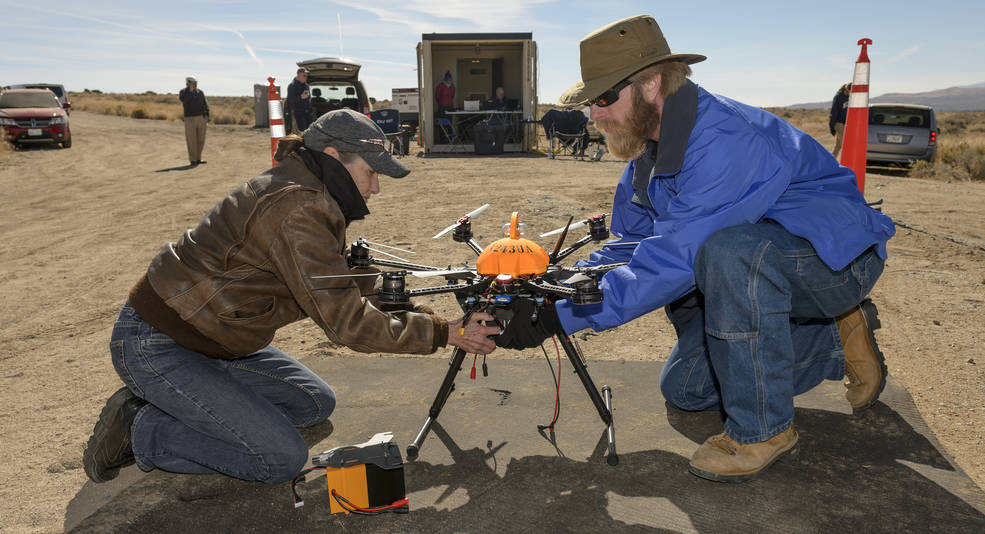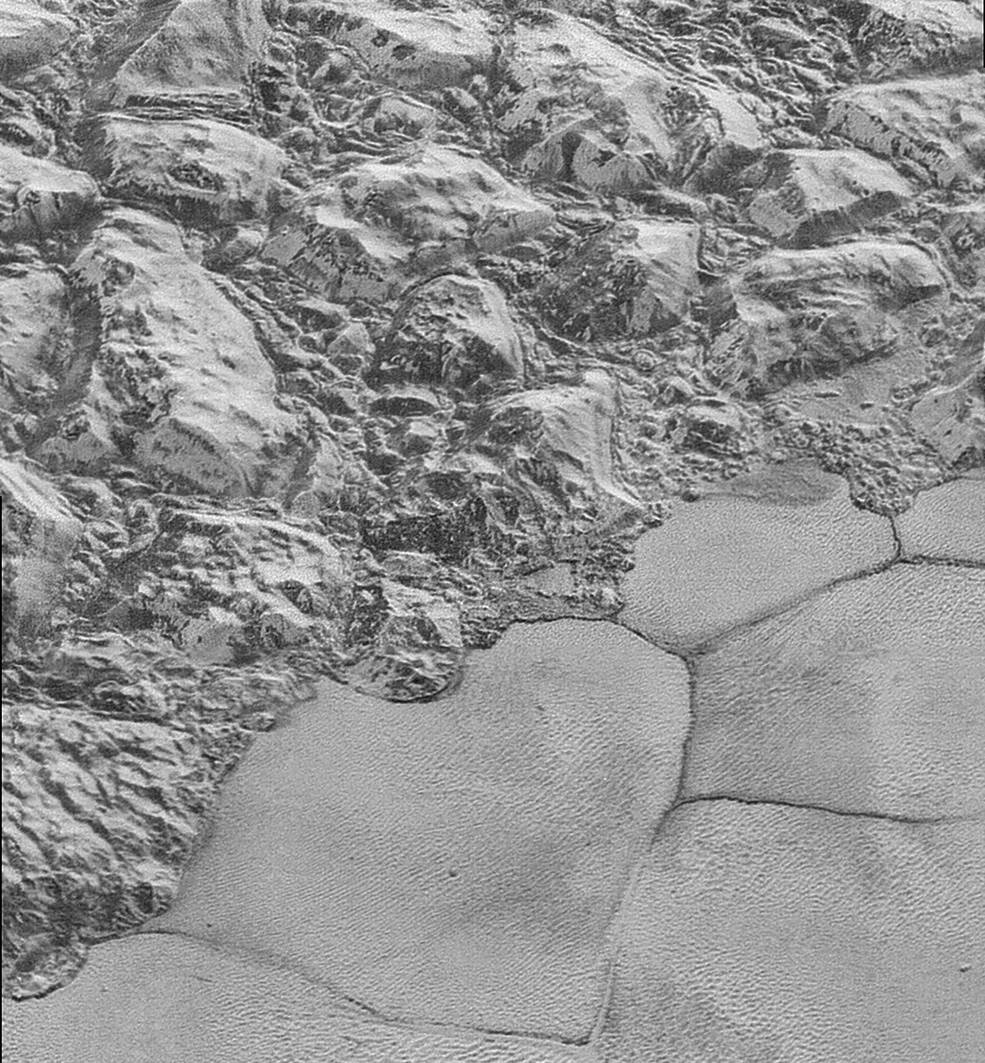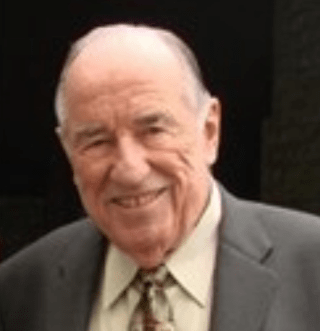June 2018 issus of Ames' newsletter, the Astrogram
TechEdSat-6 Mission Successful Completion
First Accurate Drag-based De-orbit Using the Exo-Brake Device
by Kimberly Williams Minafra
NASA Ames’ Technology Educational Satellite, or TechEdSat-6, nano-satellite mission concluded on May 14, 2018 with the first, successfully targeted de-orbit and re-entry maneuver using only drag. TechEdSat-6 was the latest in a series of CubeSats developed with student intern and early-career participation with the objectives of developing controlled de-orbit capability, collecting trajectory data to improve atmospheric models used to develop entry systems, and conducting experiments with novel data telemetry systems. TechEdSat-6 targeted the Wallops Flight Facility for overflight during re-entry, which allowed data from the spacecraft to be collected from about 328,000 feet (100km) in altitude.
For the first time, the spacecraft’s variable-area “ExoBrake” parachute braking device allowed the drag profile of the TechEdSat-6 to be changed in flight, to control the re-entry path. In the future, this technique will allow for inexpensive, uncomplicated means of de-orbiting and subsequent atmospheric re-entry. Four additional small spacecraft (#7-10) will continue the TechEdSat series to further refine the novel de-orbit technique and provide NASA with a flexible flight platform for rapidly developing nano-satellite sensors and experiments. Future applications include small, on-demand sample return from low-Earth orbit (LEO) as well as planetary missions with small nano-spacecraft. TechEdSat-6 was launched to the International Space Station on Orbital ATK’s Cygnus spacecraft from NASA’s Wallops Flight Facility in Virginia on Nov. 12, 2017. The Exo-Brake is funded by the Entry Systems Modeling project within the Space Technology Mission Directorate’s Game Changing Development program. Additional funding for the Exo-Brake is provided by NASA Ames and the agency’s Engineering and Safety Center in Hampton, Virginia. The TechEdSat series is a science, technology, engineering and math, or STEM, collaborative activity that involves NASA early-career employees, interns and students from several universities including San Jose State University, California; the University of Idaho in Moscow; the University of California at Riverside; California Polytechnic State University, San Luis Obispo; the University of Georgia in Athens; and Smith College in Northampton, Massachusetts.
Could Electricity-Producing Bacteria Help Power Future Space Missions?
by Abigail Tabor
Humans aren’t the only ones who have harnessed the power of electricity. Some bacteria do this, too, by producing structures that extend from their surface like wires to transfer electrons over distances. Now, scientists at NASA Ames are exploring this phenomenon to see if they can make use of these special microbes to perform essential functions on future space missions — from generating electricity to treating wastewater or producing medicines. With an experiment launching to the International Space Station, researchers will see whether the microbes work the same in space as they do on Earth.
For full story, see: ElectricityProducingBacteria
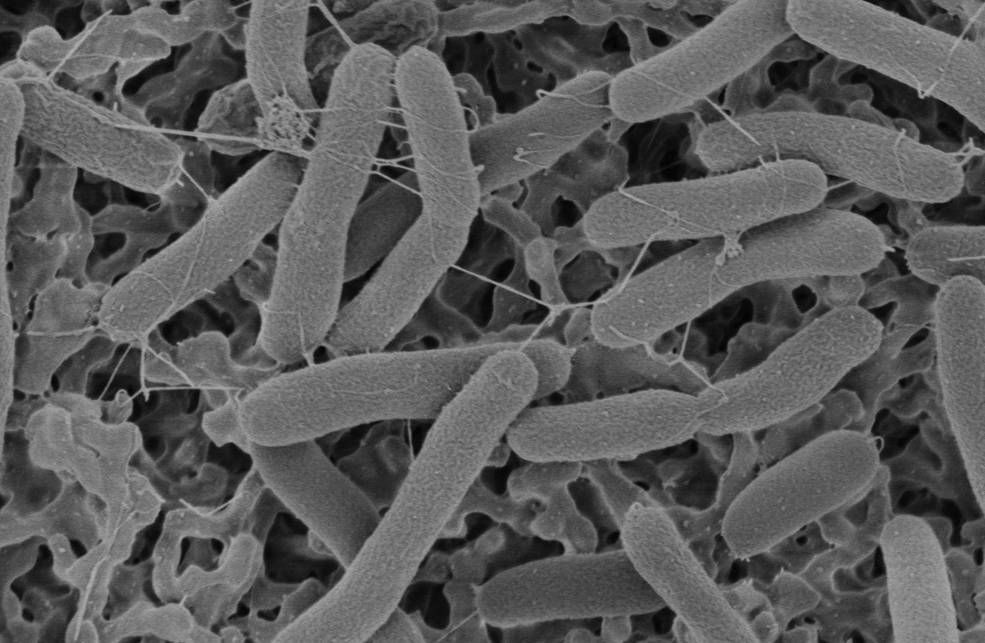
Unmanned Aircraft System Traffic Management
NASA’s working to make low-flying air traffic safe
by Tiffany Blake
Ever wonder what the skies will look like in the next 5-10 years? Can you imagine stepping onto your balcony on a sunny day, seeing drones buzzing around? They could be delivering food and goods to doorsteps, hovering around backyards for family fun or over highways for traffic monitoring. An estimated 700,000 unmanned aircraft systems, called UAS, but commonly referred to as drones, are expected to be roaming the sky by the year 2020. Many have questions about how such a big change to the airspace will affect our lives and safety.
NASA Ames has set out to create a research platform that will help manage drones flying at low altitude along with other airspace users. Known as UAS Traffic Management, the goal is to create a system that can integrate drones safely and efficiently into air traffic that is already flying in low-altitude airspace. That way, package delivery and fun flights won’t interfere with helicopters, nearby airports or even safety drones being flown by first responders helping to save lives.
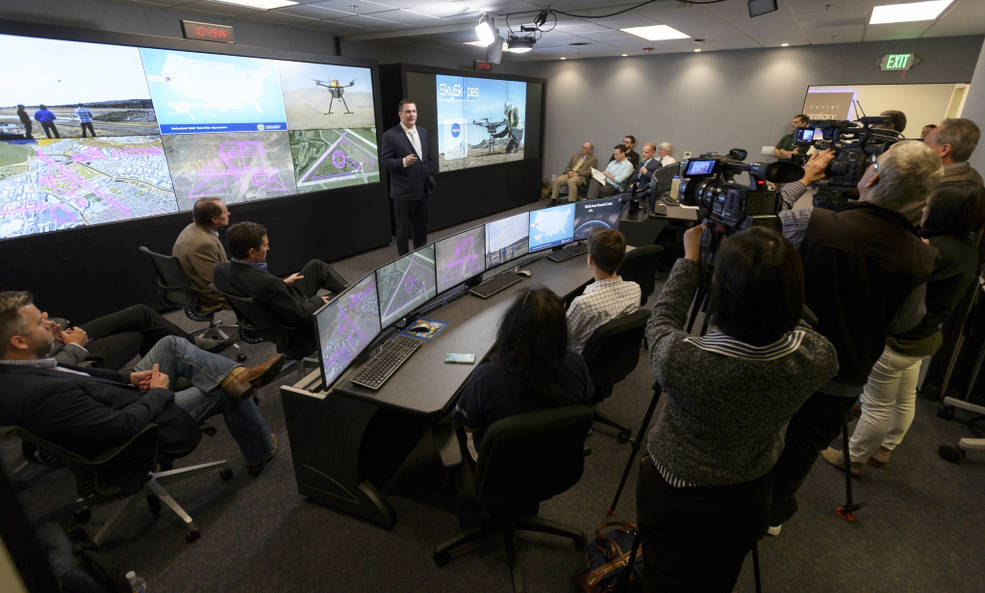
For full story, see: UASTrafficManagement and MediaInvitedDroneTech
State of the Center and Awards Presented at Recent All Hands
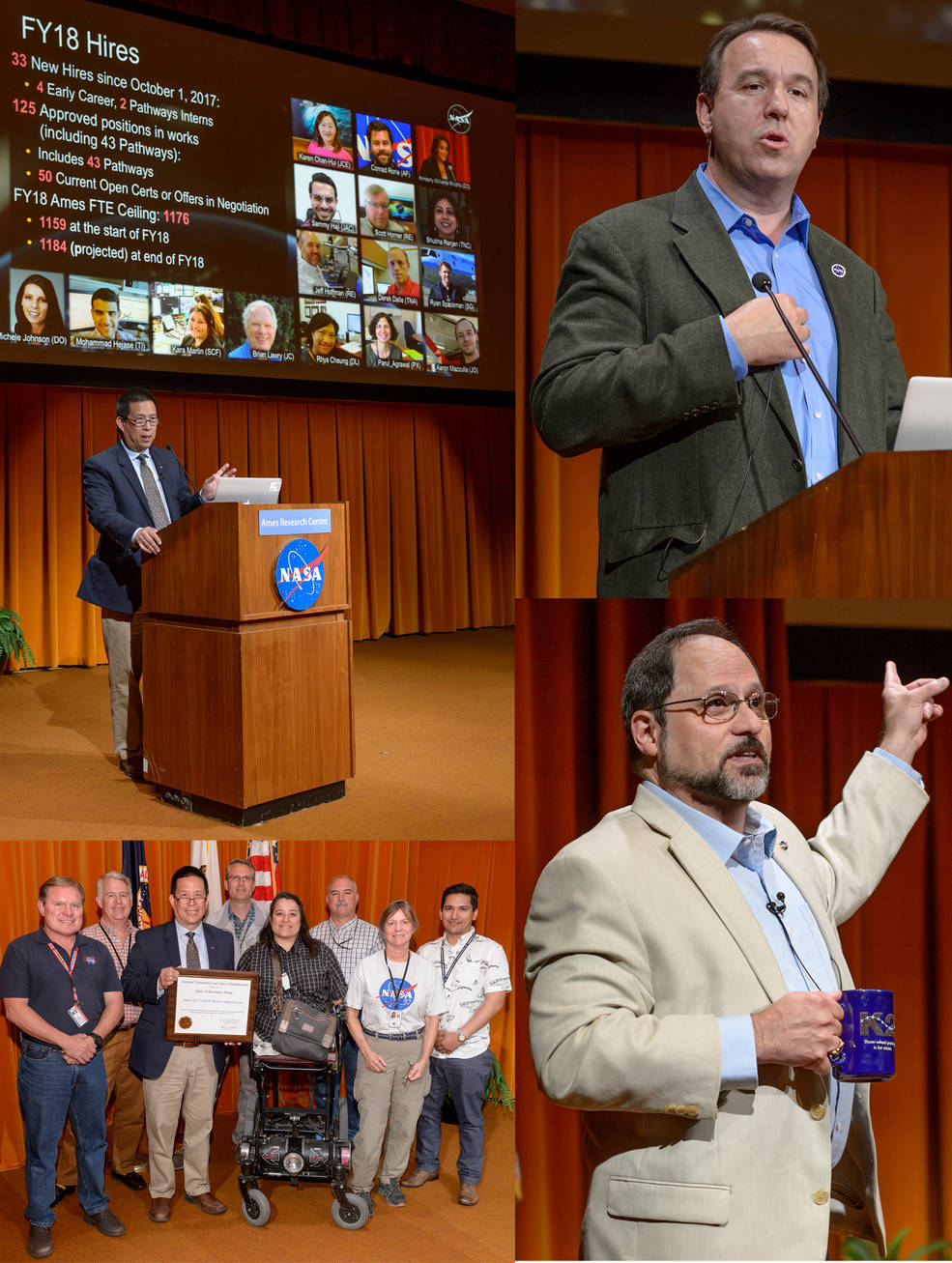
Icy Dunes on Pluto Reveal a Diverse and Dynamic Dwarf Planet
by Frank Tavares
Newly discovered dunes on Pluto tell us the dwarf planet’s geology and atmosphere is far more dynamic than previously expected, with the winds of its thin and multi-layer atmosphere helping shape the landscape. Found near the mountains that encircle Pluto’s Sputnik Planitia plain, these formations appear to be quite young in geological terms, on the scale of decades or centuries old.
NASA New Horizons scientists found these evenly spaced ridges on Pluto’s surface using imagery from the 2015 flyby. The ridges appear to have formed out of particles of methane ice as small as grains of sand, arranged into dunes by wind from the nearby mountains.
For full story, see: IcyDunesOnPluto
Ames Employees Celebrate and March at San Francisco Pride 2018
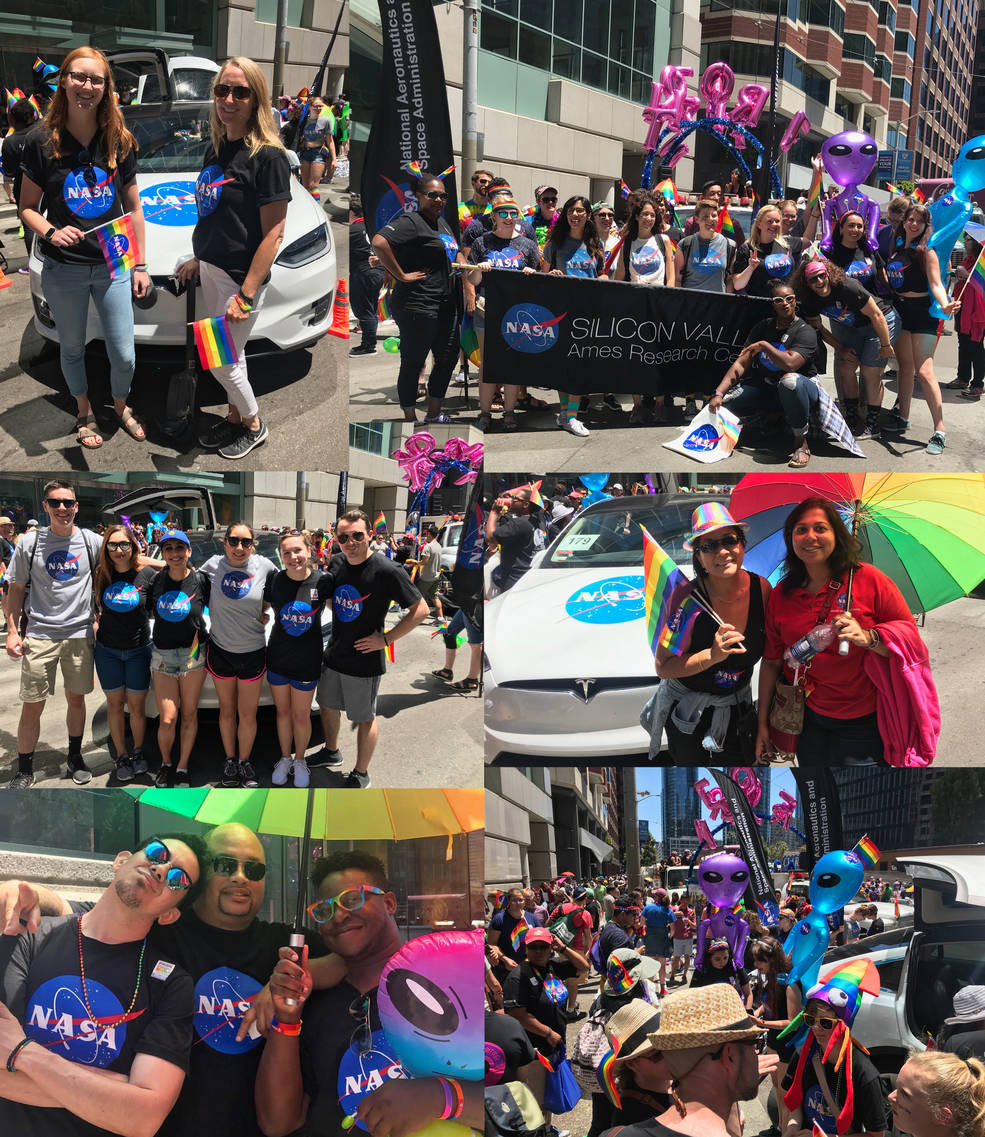
WIN Sponsors Q&A Open Forum with Influential Women at Ames
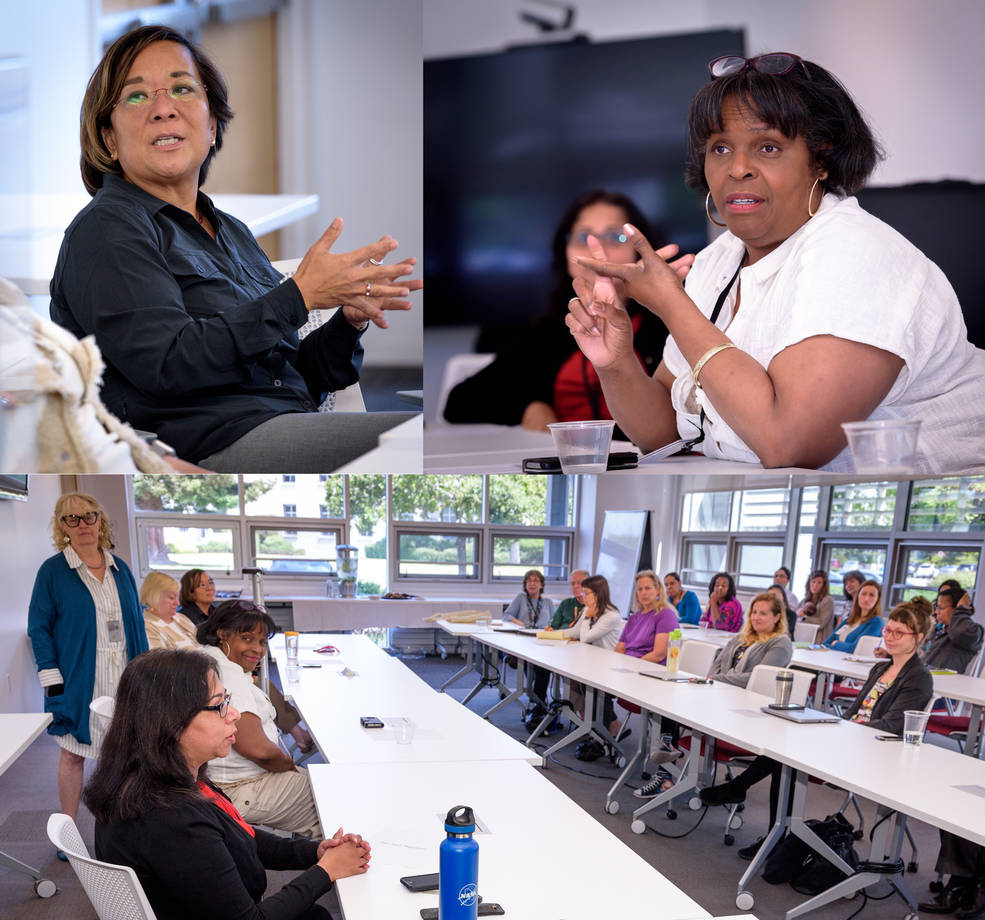
NASA’s First Deaf Engineer in Active Crewed Mission Control Role, Johanna Lucht, Speaks at Ames
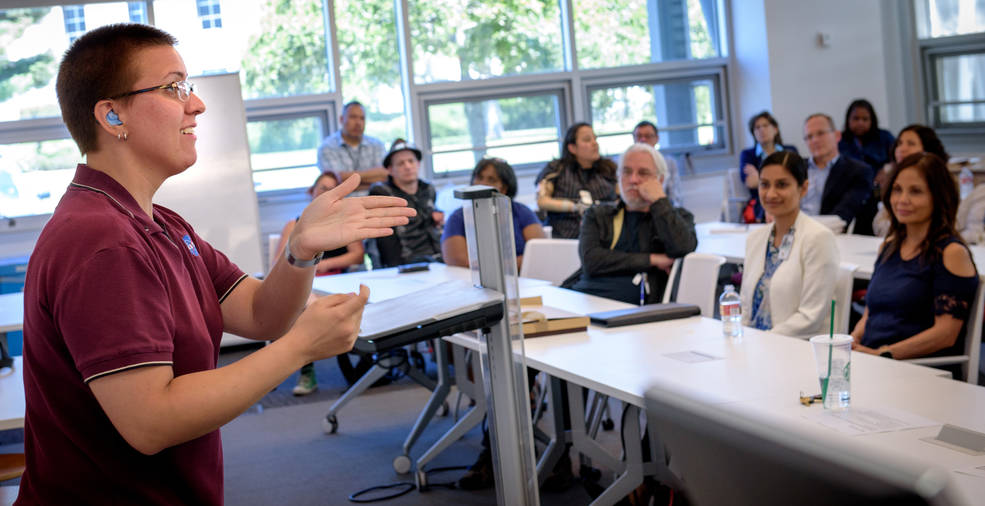
Nationally Recognized Motivational Speaker, Wil Cason, Discusses Inspiration in the Workplace
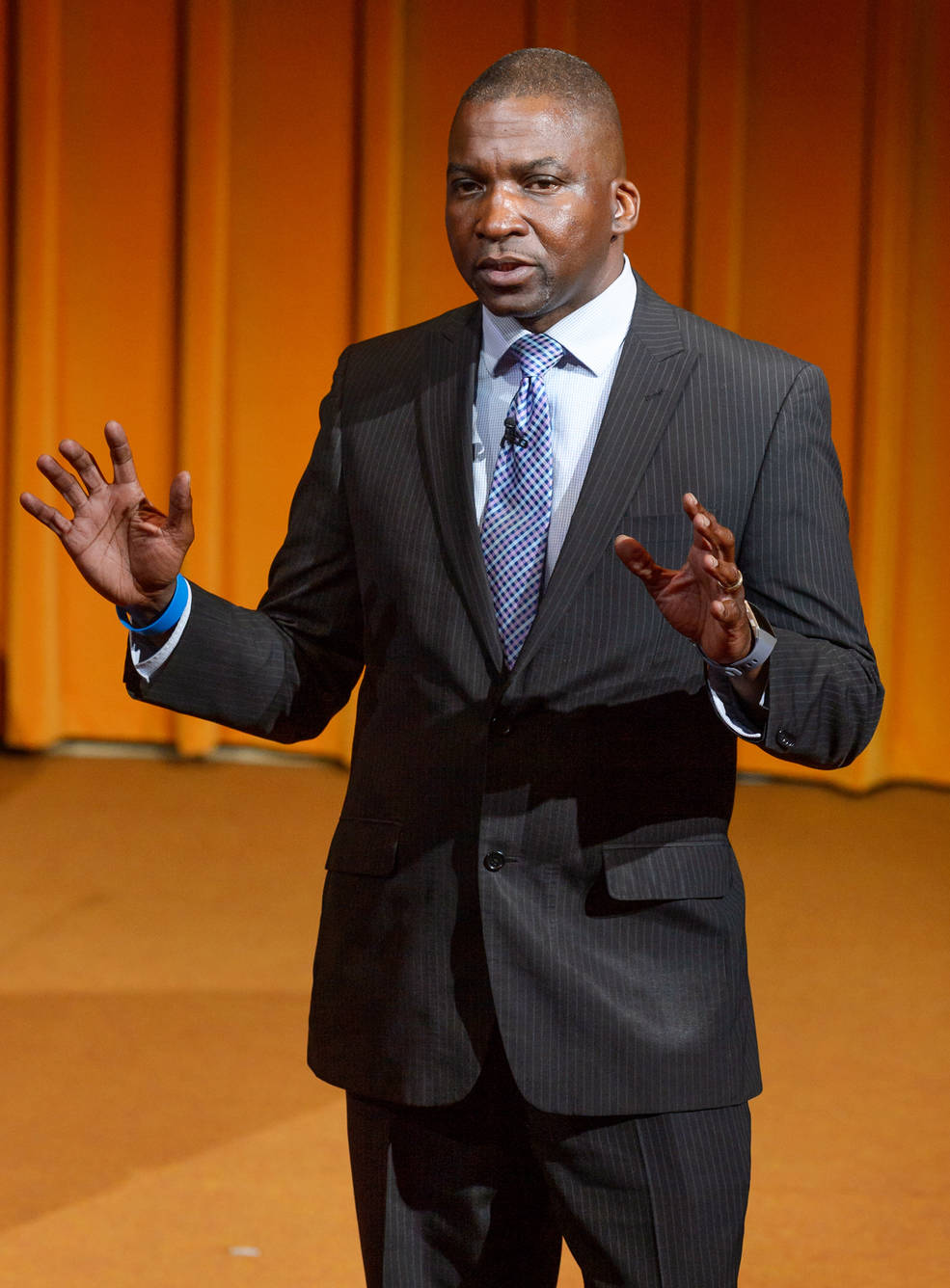
Human Exploration of the Moon, NEOs, Moons of Mars Discussed at Science Forum
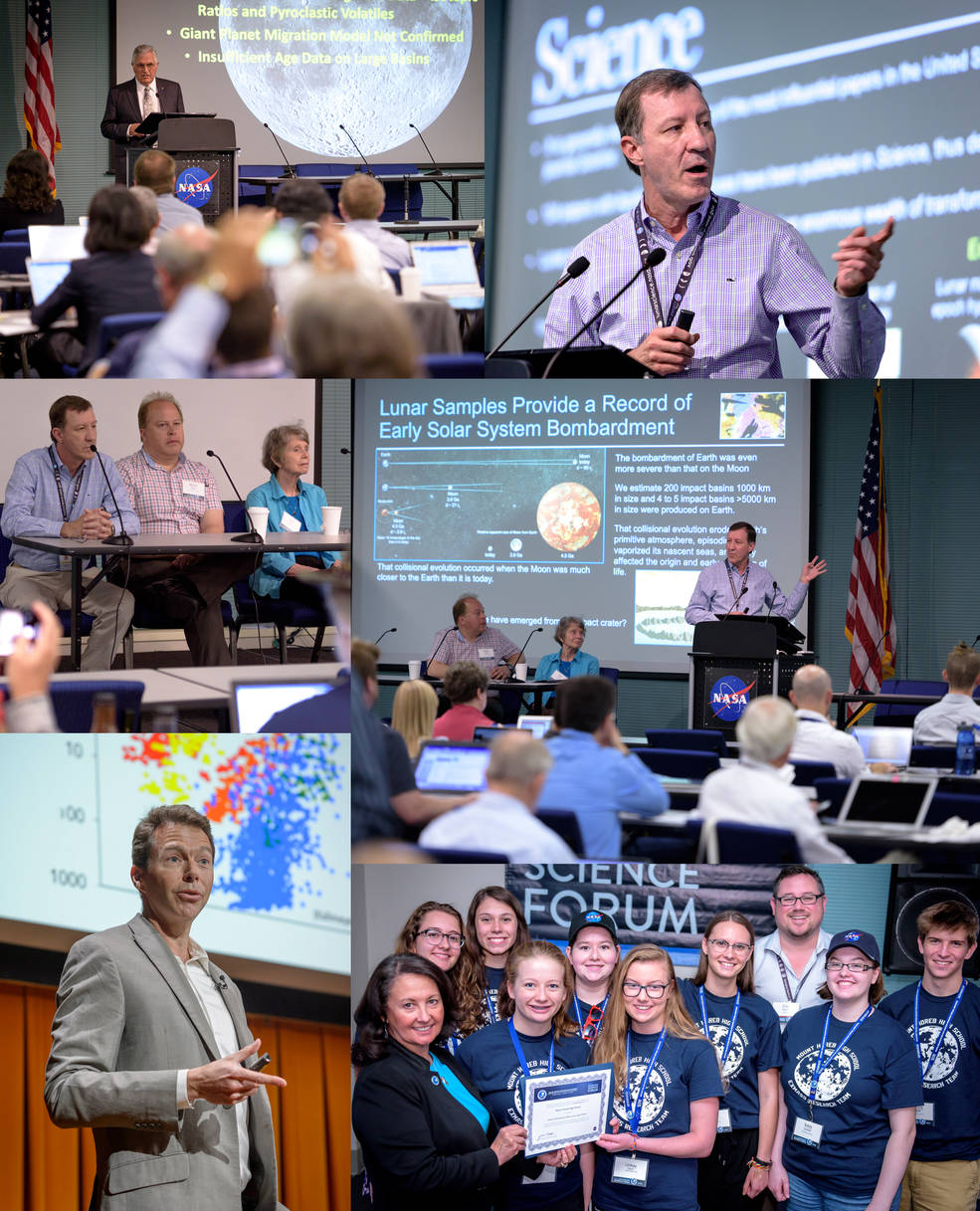
Third Annual Innovation Fair Held
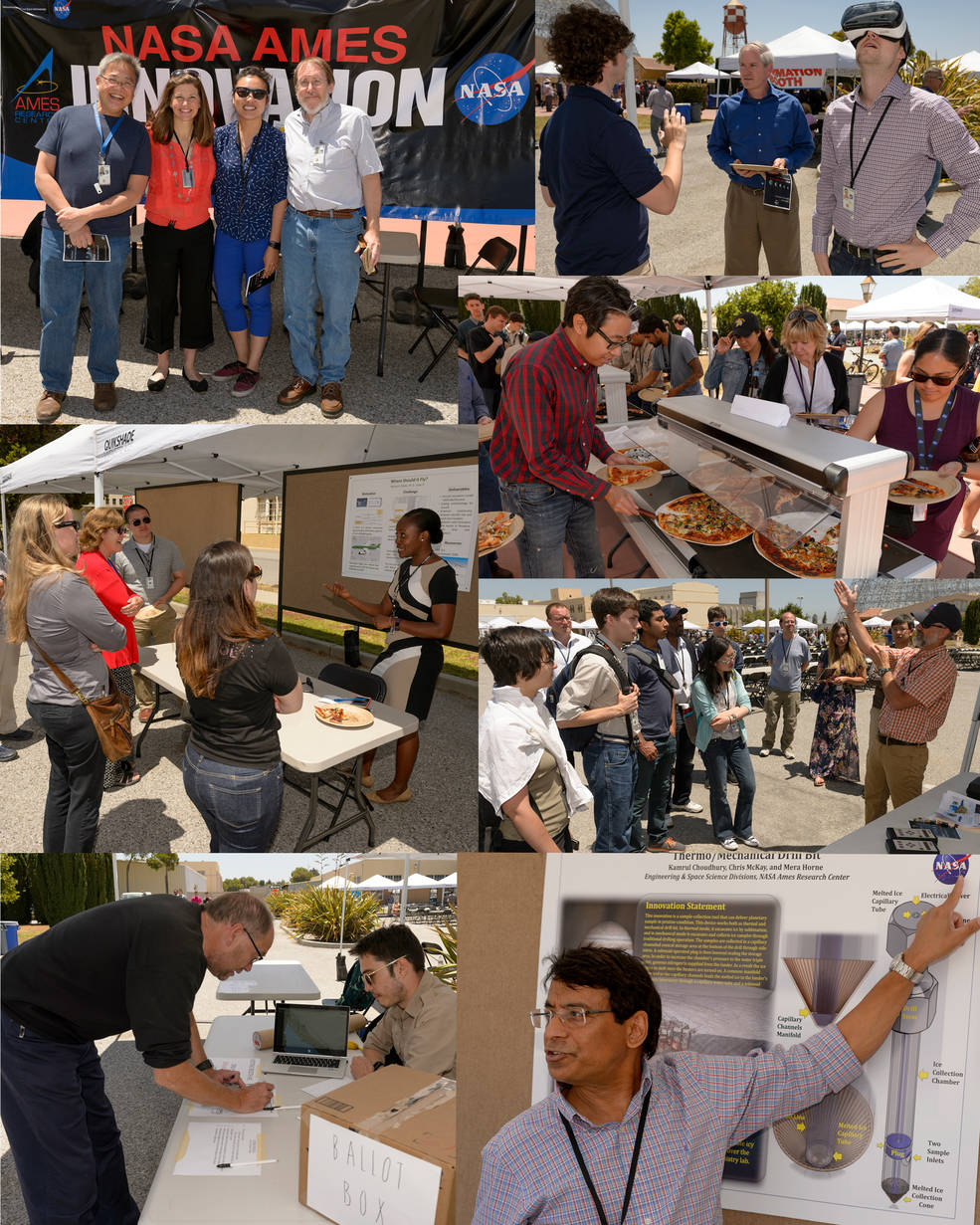
Describing Microbial Life in Earth’s Deep, Dark Places
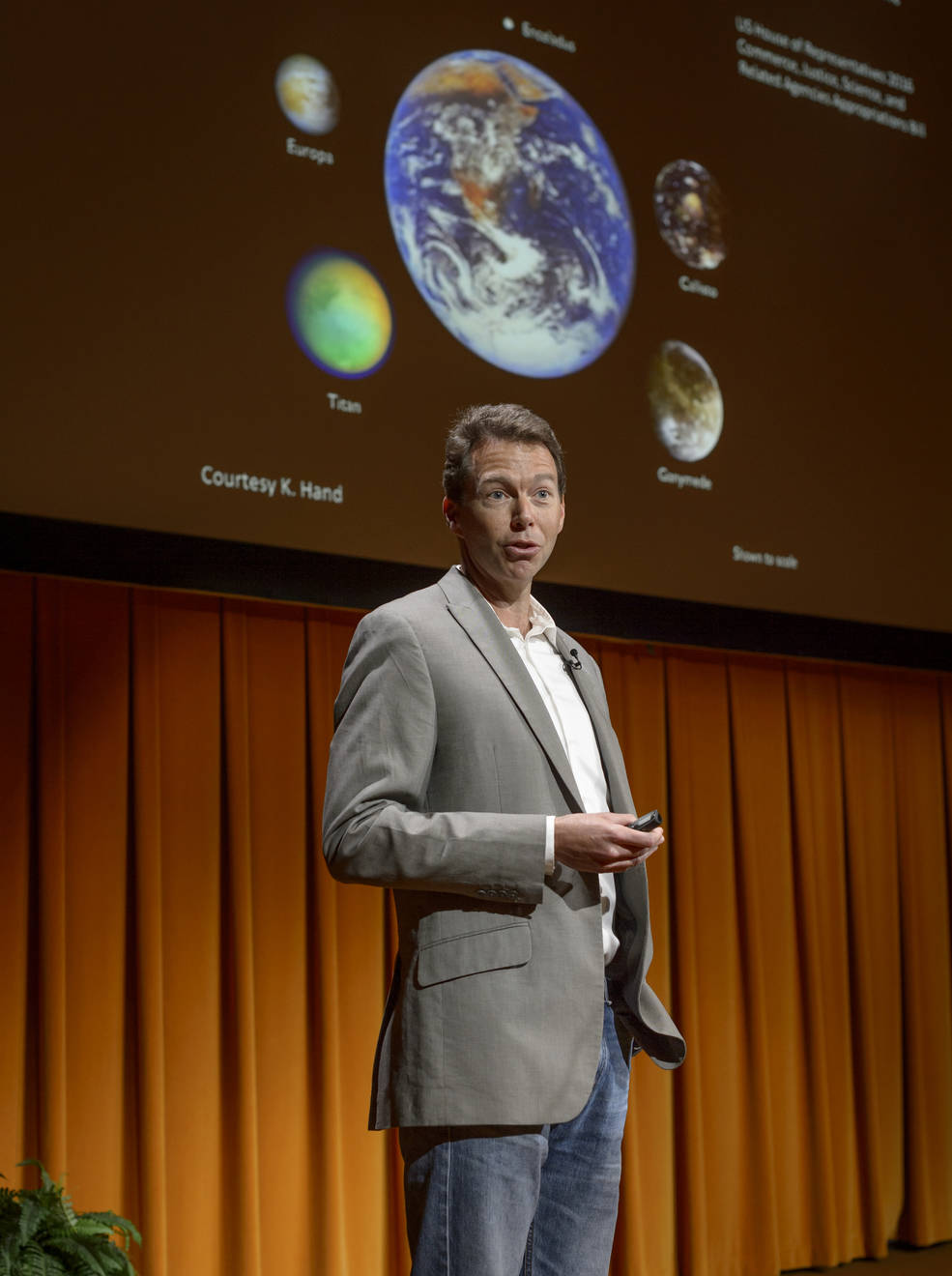
Approaches to Achieving Relativistic Propulsion Speeds for Deep Space Exploration Discussed
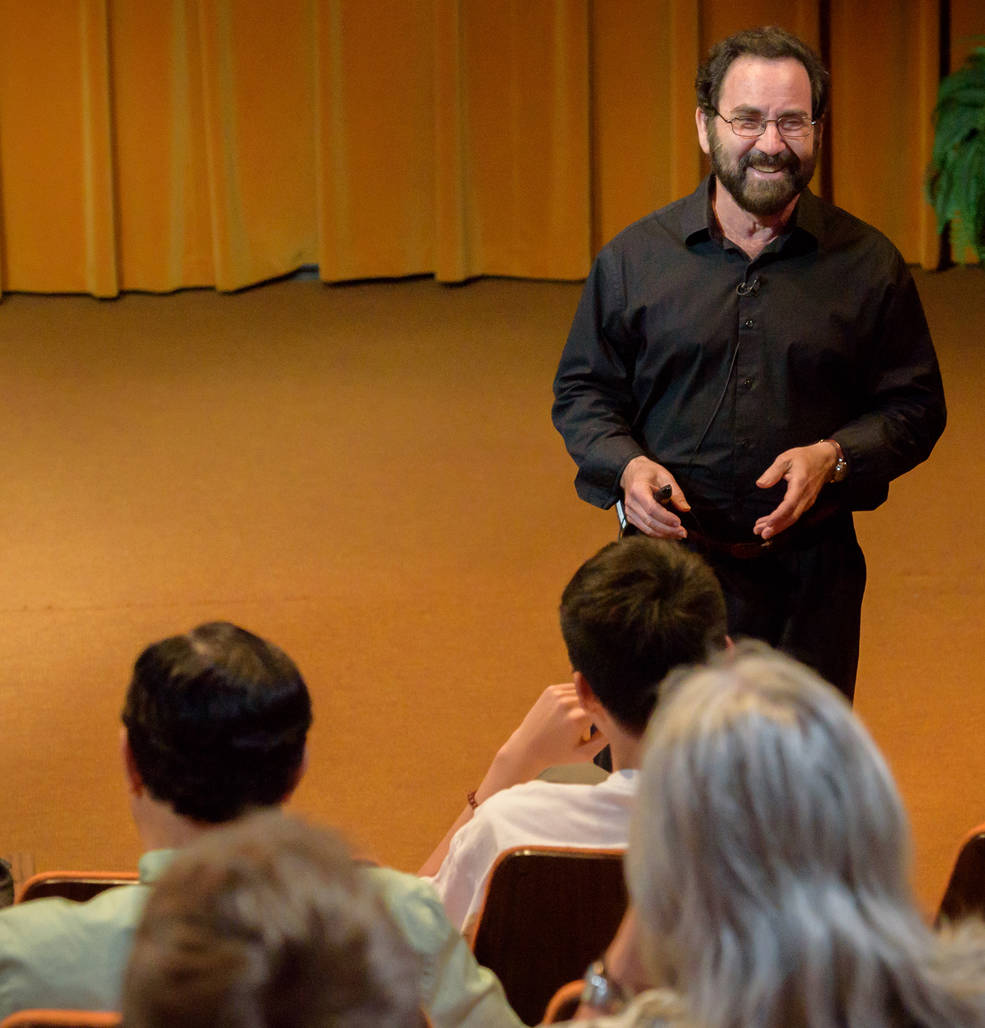
Astronaut Steve Smith Receives “Legacy for Children Award”
Former astronaut and local hero Steve Smith was feted by more than 700 guests at Children’s Discovery Museum’s 19th annual Legacy for Children Award on May 18, 2018, at the San Jose Convention Center. Smith was selected as this year’s honoree for inspiring young people to dream with what he calls an ‘explorer’s mindset’ of creative thinking, resilience and persistence. The gala raised $1.5 million in support of the museum’s hands-on exhibits and programs designed to give children the tools to help them grow into the talented, creative and diverse workforce of tomorrow. Funds also support the Museums for All access and inclusion program that ensures all families can visit the museum regardless of ability to pay.
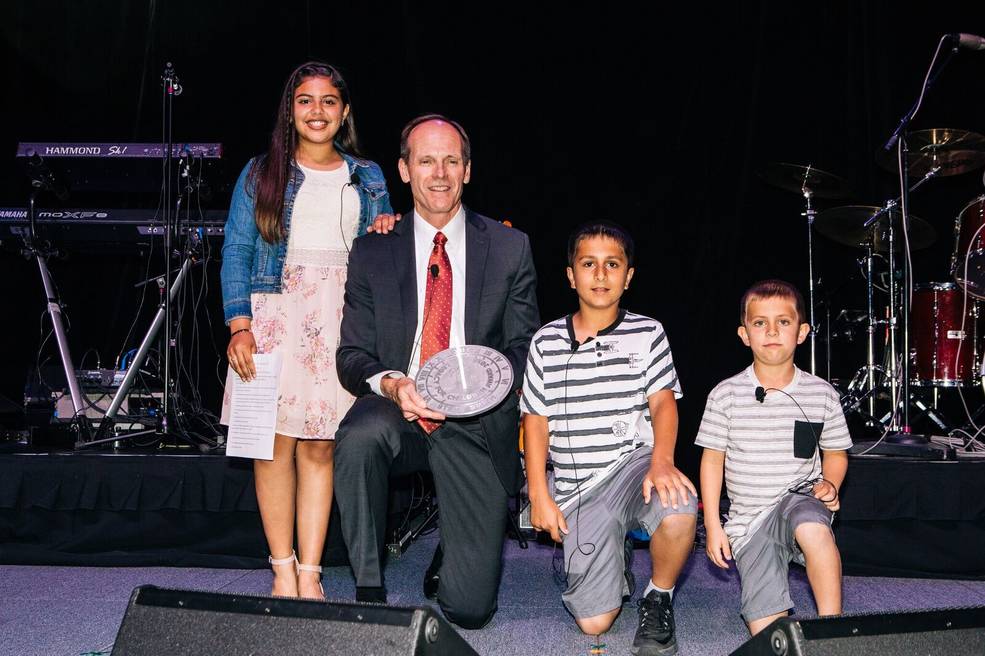
Each year the Legacy for Children Award honors an individual who has made a tremendous difference in the lives of children. Past recipients include Sonia Manzano, Ruby Bridges, Steve Wozniak, Kristi Yamaguchi, Mister Fred Rogers, Dr. Sally Ride, and Ronnie Lott. Smith is one of NASA’s most experienced and decorated astronauts. He was selected into the highly competitive program in 1992, making the all-time American and World spacewalk duration lists during his tenure. As a veteran of four space flights covering 16 million miles and seven spacewalks totaling 49 hours and 25 minutes, Smith’s extraordinary experiences of viewing Earth from outer space inspired him to hope that Earth will one day be a place tolerant of all peoples, religions and cultures.
In Memoriam …
Richard “Dick” Bray, Former Aviation Researcher at Ames, Passes Away
courtesy San Jose Mercury News
Richard “Dick” Bray passed away June 6, 2018, at the age of 92. His kind heart and prevailing optimism will be greatly missed. He loved unconditionally and was a profoundly loyal husband, father and friend. Dick was born in Bakersfield, California on July 21, 1925 to Stanley and Margaret Bray. The son of a railroad man, Dick, along with his brother Bob, grew up in various towns across California and Nevada before settling in Stanley and Marge’s native San Francisco.
Fascinated with aviation, Dick enrolled at UC Berkeley at the age of 17, to study aeronautical engineering. At 18, he jumped at the chance to join his father, an Army Colonel and his brother, an Air Force bombardier, in the WWII effort. He transferred to USC’s Naval ROTC program and was ultimately deployed on the USS Adams in the Pacific just as the war came to an end. Though he missed active combat, his tour in the Pacific would prove to be one of the most cherished adventures of his life.
On his return, Dick began work as a research scientist at NASA Ames. In his off hours, he could be found traversing the California coastline with his first love, a Cessna 170, or sailing gliders over the East Bay. In 1958, Dick married his true love, Marilyn Martin, and within 10 years had become the beloved father of four. A large but gentle man, Dad was able to effectively manage his brood with a mere clearing of his throat, but preferred the role of parental “good cop” which suited his easy-going demeanor. He enjoyed sharing his many interests with his kids and proved an enthusiastic mentor in classical piano, tennis, skiing, sailing, cooking and anything STEM-related (long before there was an acronym for it.) His favorite family activities included sunset dinners at the beach and summer vacations at Lake Almanor.
Dick loved his work, cheerfully departing for Ames each morning with a mechanical pencil and slide rule tucked into the pocket of his short-sleeved white shirt. He was a brilliant scientist who made significant contributions in the field of flight safety and was recognized for his work in flight simulation and heads-up display during his 45-year tenure at Ames.
Upon retirement, Dick and Marilyn enjoyed international travel, duplicate bridge, The Celebrity Forum, and the San Francisco Symphony in the company of great friends. Dick also was active in the Sons of Retirement and the Owl Feather Society, and sang a booming bass in the church choir for nearly 50 years. As loving grandparents of 11 children, Dick and Marilyn were regulars at grandchildren’s games, recitals and concerts.
Dick was predeceased by his loving wife of 55 years, Marilyn Bray, and is survived by his son Rich (Kathy) of Bellevue, Washington, son Don (Suzanne), and daughters Julie Altinger (Rick), and Maribeth Coyne (Joe) all of Los Altos, along with 11 adoring grandchildren.
Our family is grateful for the skill and dedication of dad’s many caregivers at Sunny View Retirement Community who treated him with compassion and respect throughout his final years.
Friends are invited to attend a Memorial Mass on Saturday, June 30, 2018, at 10:00 a.m. at Church of the Resurrection, 725 Cascade Drive, Sunnyvale, California. Mass will be immediately followed by a reception nearby.

